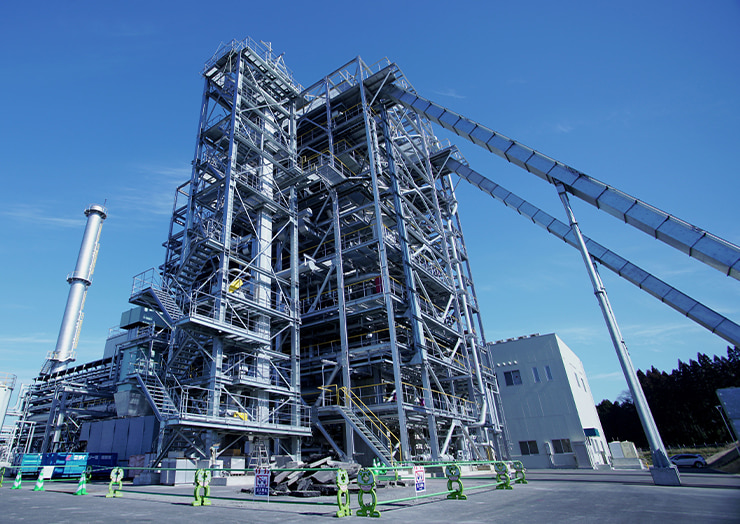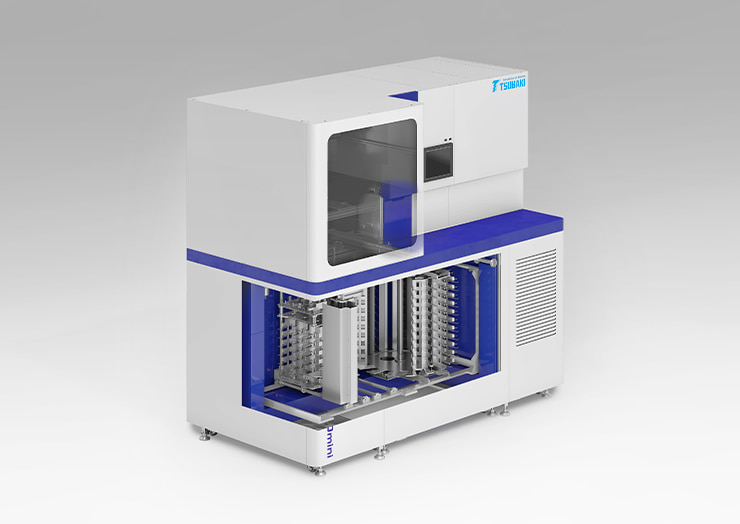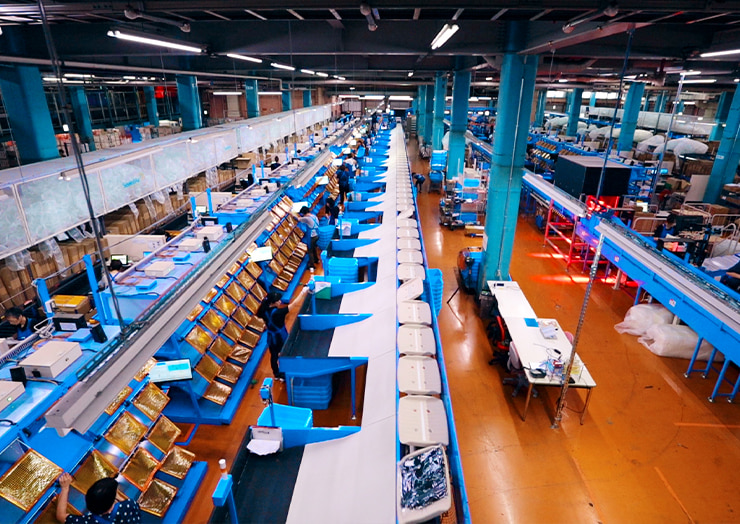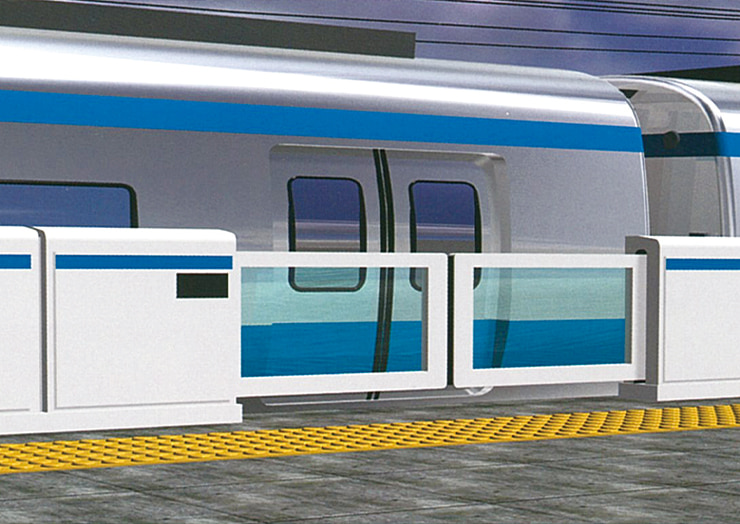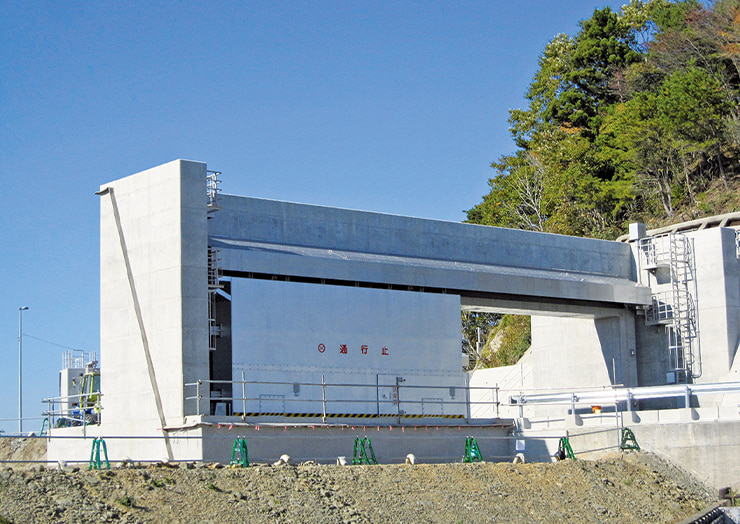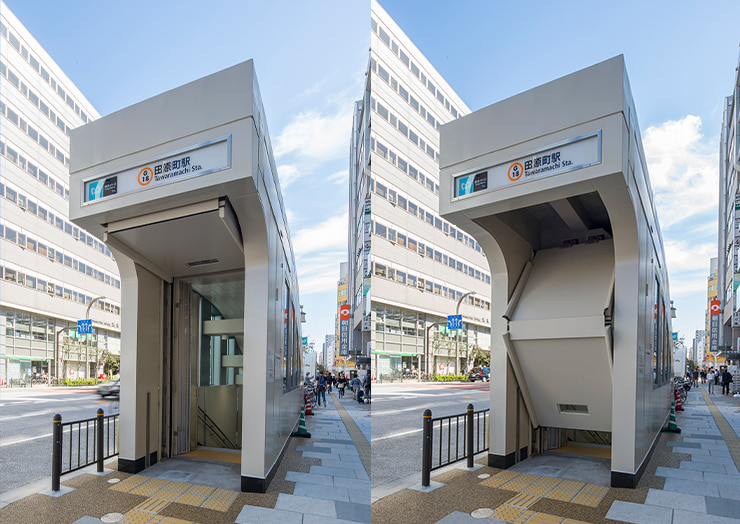Creation of Sustainable Products (CSV)
Contributing to Social Challenges
The Tsubaki Group has set out “What we want to be in FY 2030” in our Long-Term Vision, and we are carrying out business activities that will contribute three social concerns.
So as to widely promote these initiatives, we have certified our products that contribute to these matters as “Sustainable Products,” and we are strengthening the development and sale of those products.
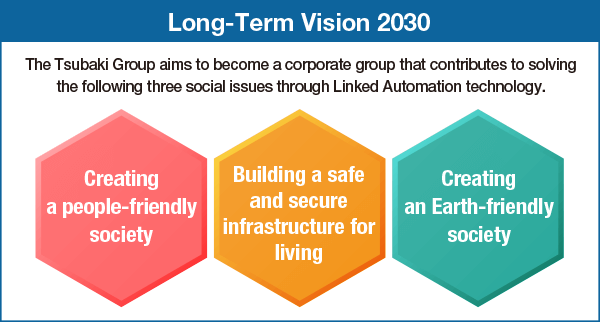
The Group has been creating many unique products that are environment-friendly, such as those offering an extended service life, energy-efficient features, and compact designs. The process includes starting the SDG-oriented Products System in 2020, when we expanded the range of the Eco-products Certification System to include SDGs. This system was launched in 2010, with the aim of achieving environmental features and cost benefits for customers.
These Sustainable Products have a wider focus on community issues, and are divided into two categories of environmentally-friendly Eco-products and community contribution-type Social Products. We are moving forward with our efforts to address social community from both sides of new product development and marketing activities.
The Tsubaki Group is actively co-creating with our business partners and customers that use Tsubaki products. We will continue to contribute to the resolution of community issues through the creation, promotion, and sale of Sustainable Products.
Sustainable Products Certification Criteria
| Sustainable Products |
Certification Classification | KPI | |
|---|---|---|---|
| Eco-products (Environmentally-friendly) |
(1) Products for climate change | • Sales ratio • CO2 emissions reductions • CO2 emissions reduction contributions, etc. |
|
| (2) Products that contribute to achieving a recycling-oriented society | • Sales ratio • Recycling rate, etc. |
||
| Social Products (Social contribution-type) |
(3) Products that contribute to solving social issues other than environmental issues | • Sales ratio | |
Typical Sustainable Products
♦ Solutions (Equipment)/
● Machine Parts (Power Transmission Products)
Creating an Earth-friendly society
Contribution Fields: ![]()
![]()
![]()
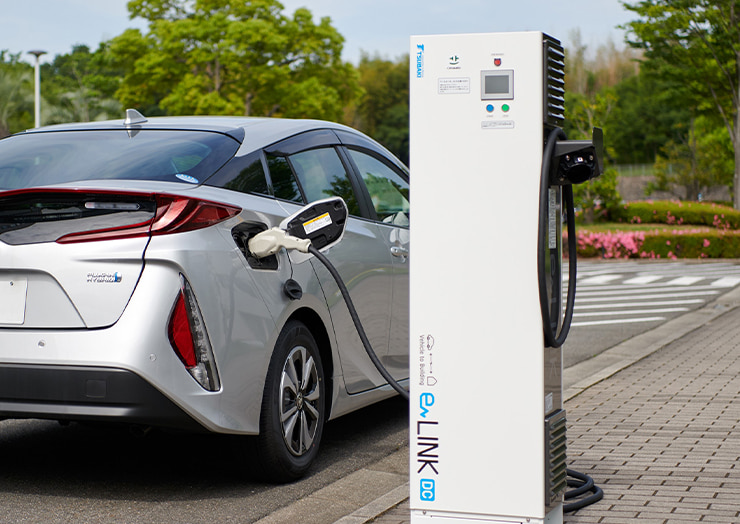
(V2X bi-directional EV charging systems)
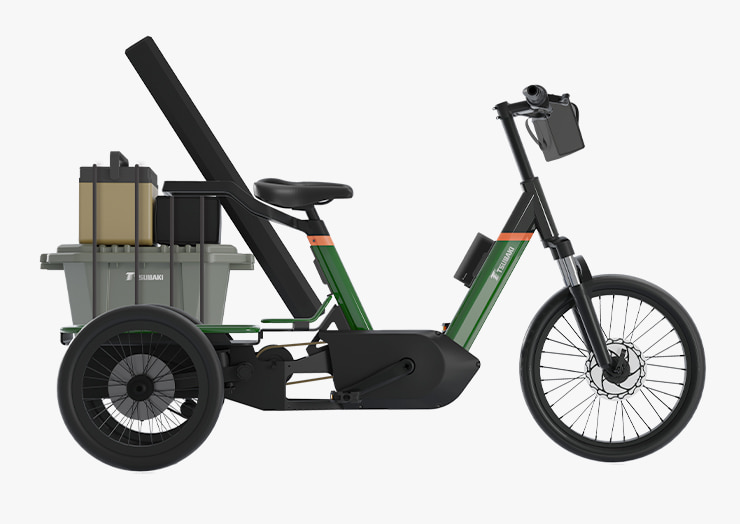
(electric-assist tricycle)
Creating a people-friendly society
Contribution Fields: ![]()
![]()
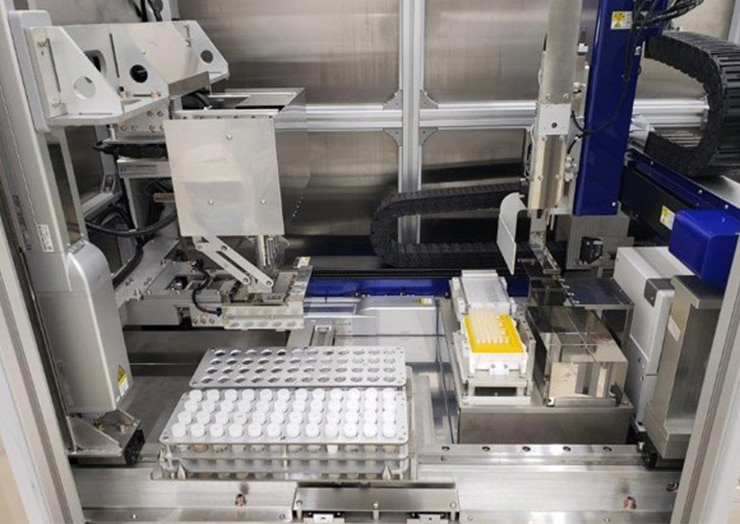
(automated PCR testing equipment)
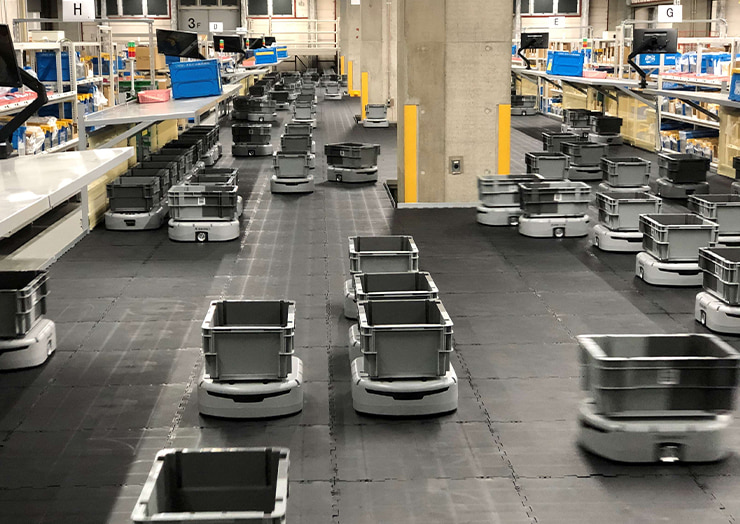
(automated guided vehicle)
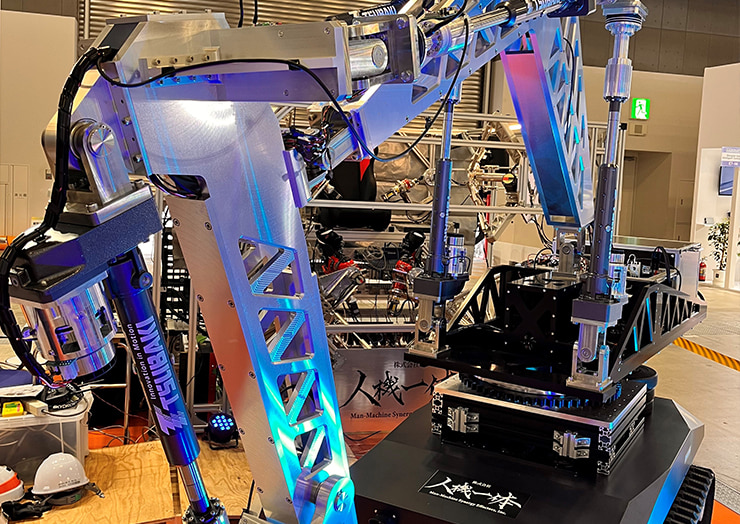
(human-machine shovel)
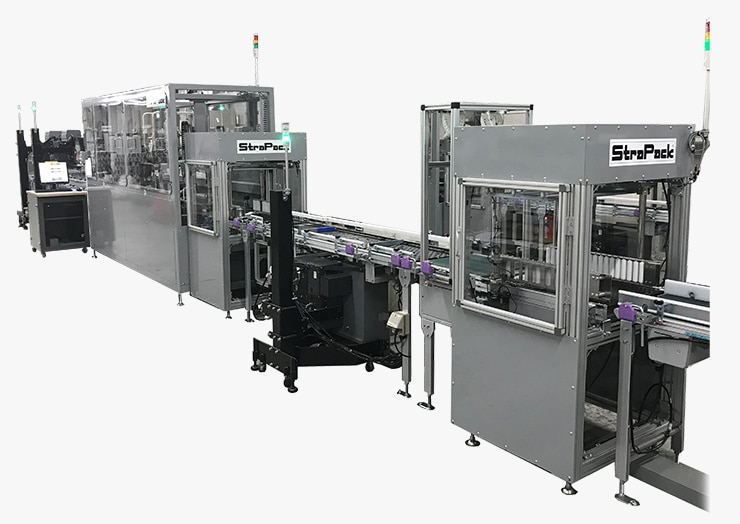
(high-speed automatic sealing & labelling system)
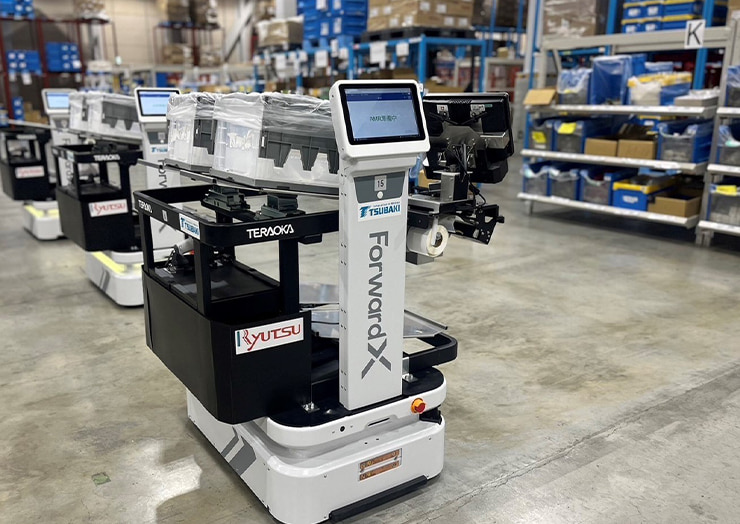
Building a safe and secure infrastructure for living
Contribution Fields: ![]()
![]()
![]()
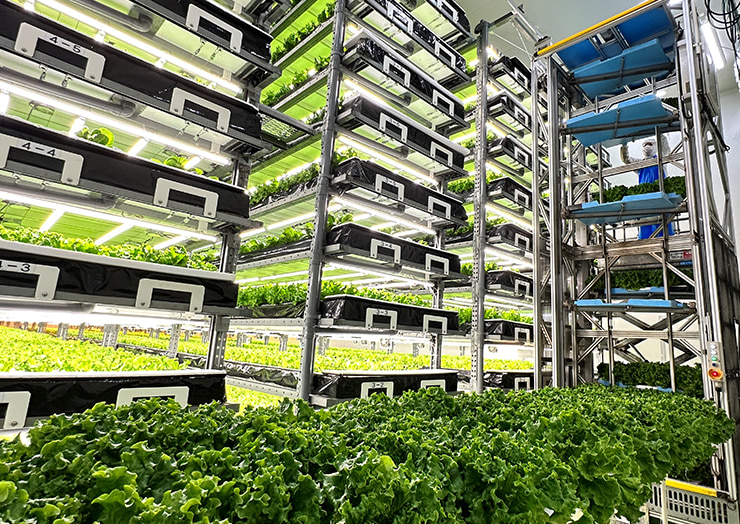
(Agribusiness Products)

